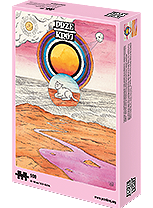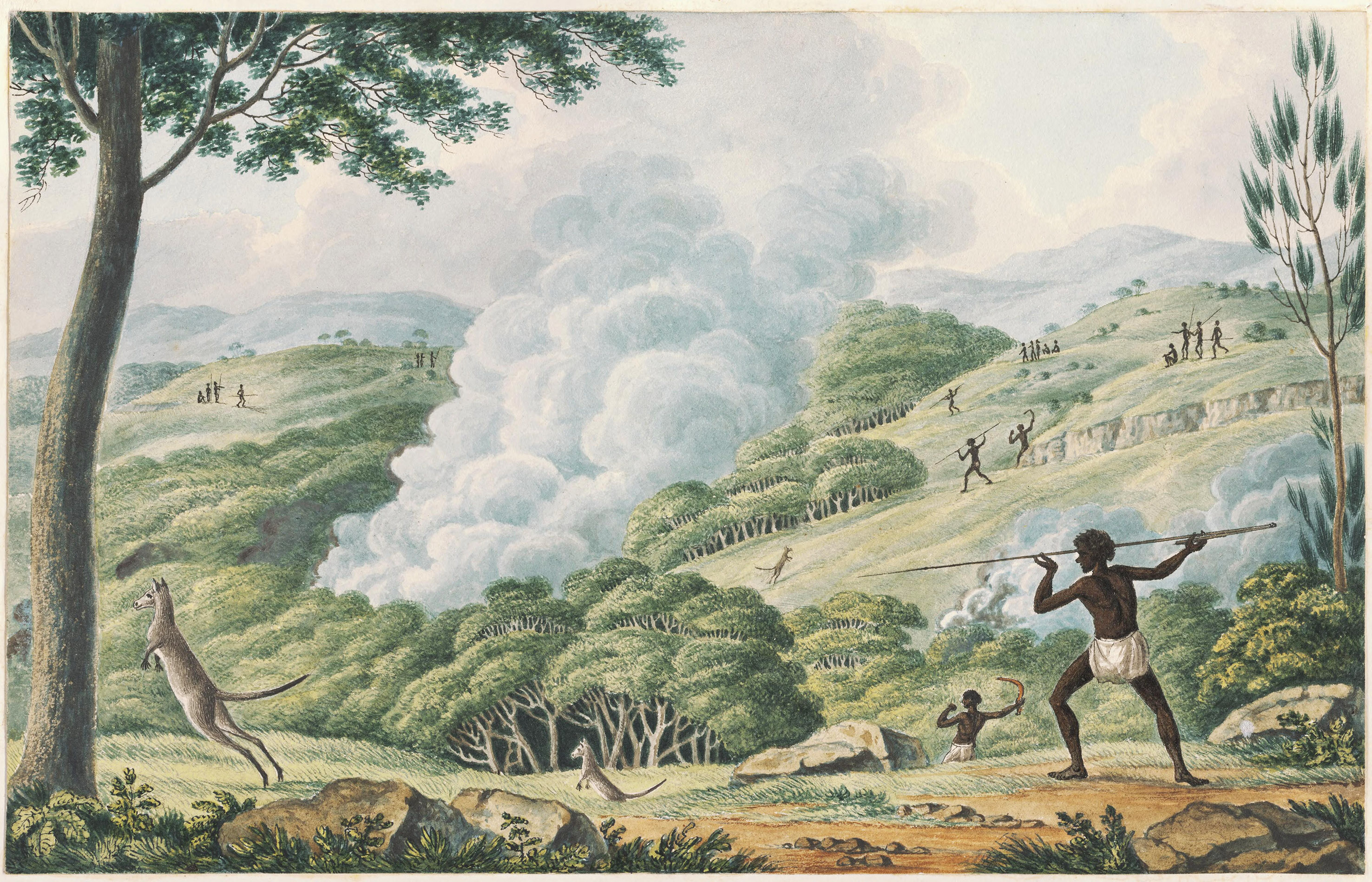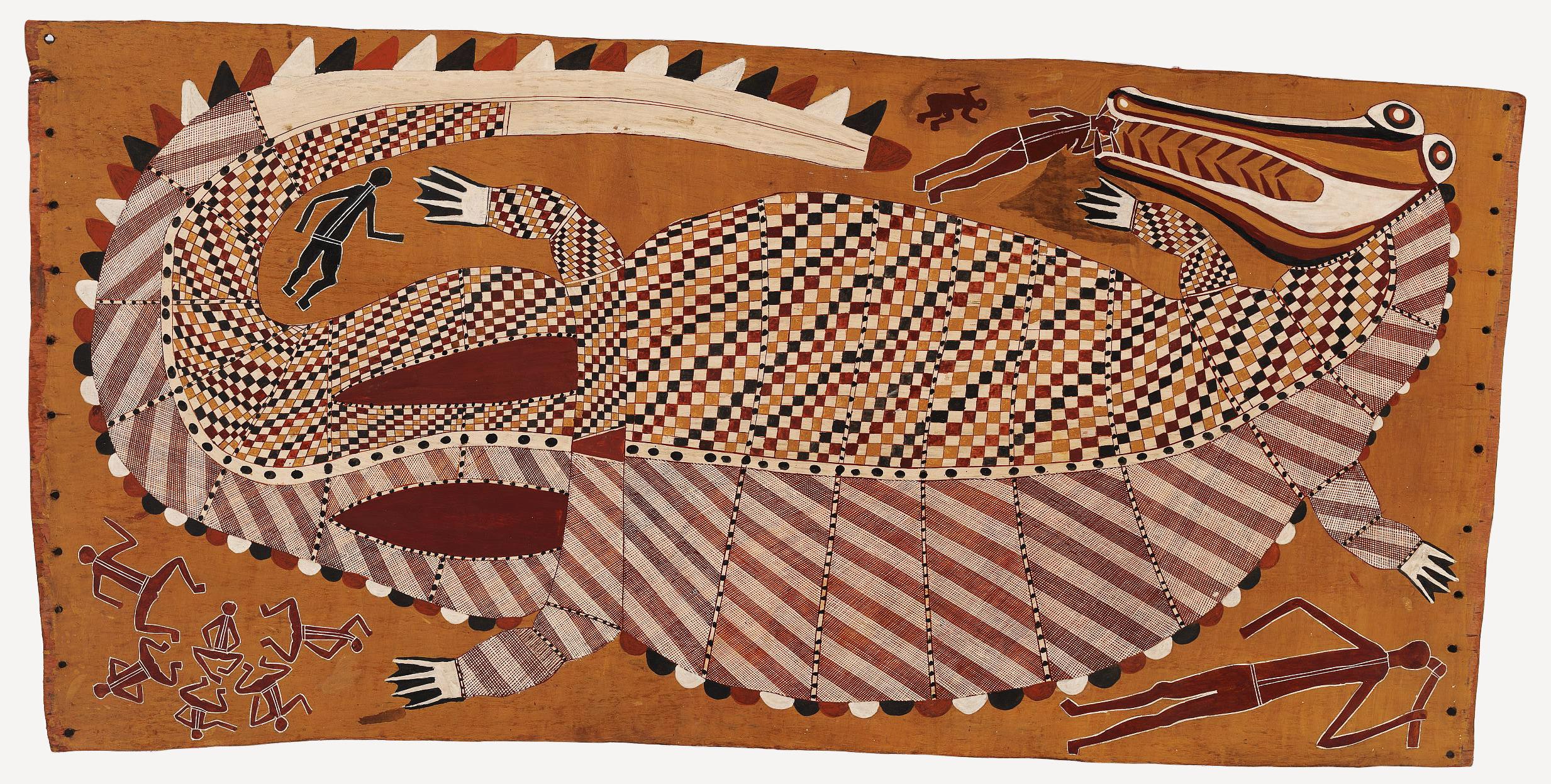
Before the colonists arrived, Australia was a fertile land, whose native inhabitants believed it was their duty to care for the earth. Today the citizens of the continent, threatened by a predatory economy, are slowly starting to discover the wisdom of the ancient Aboriginal people.
Try the yamu! That was one of my main goals on my first visit to Australia 20 years ago. And I wasn’t talking about the purple yam, Dioscorea alata, cultivated in Melanesia, but the yam daisy, or murnong (Microseris lanceolata) – a flower with an edible tuber that was once the staple of the Aboriginal diet. I’d heard a lot about it in anthropology classes and I was convinced that eating murnong would bring me closer to the culture of Australia’s Indigenous peoples.
For this purpose I explored, unsuccessfully, Redfern, an Aboriginal suburb of Sydney that’s saturated with the sadness of displacement. Nobody I asked had even heard of murnong. The only place where I managed to find the tuberous Grail was a vegetarian restaurant in the hipster neighbourhood of Newtown. But that’s not what I was looking for.
I was recently reminded of this episode of youthful disappointment while reading Dark Emu, the celebrated book by Bruce Pascoe. The main theme is Aboriginal Australian agriculture in the pre-colonial era, which, like the yam daisy, almost didn’t survive its encounter with the white man’s civilization.
Indigenous Australians are often presented as a hunter-gatherer society, so until now the category of ‘Aboriginal agriculture’ might have been placed alongside ‘Aztec Equitation’ and ‘Urban Planning for Gypsies’, the





